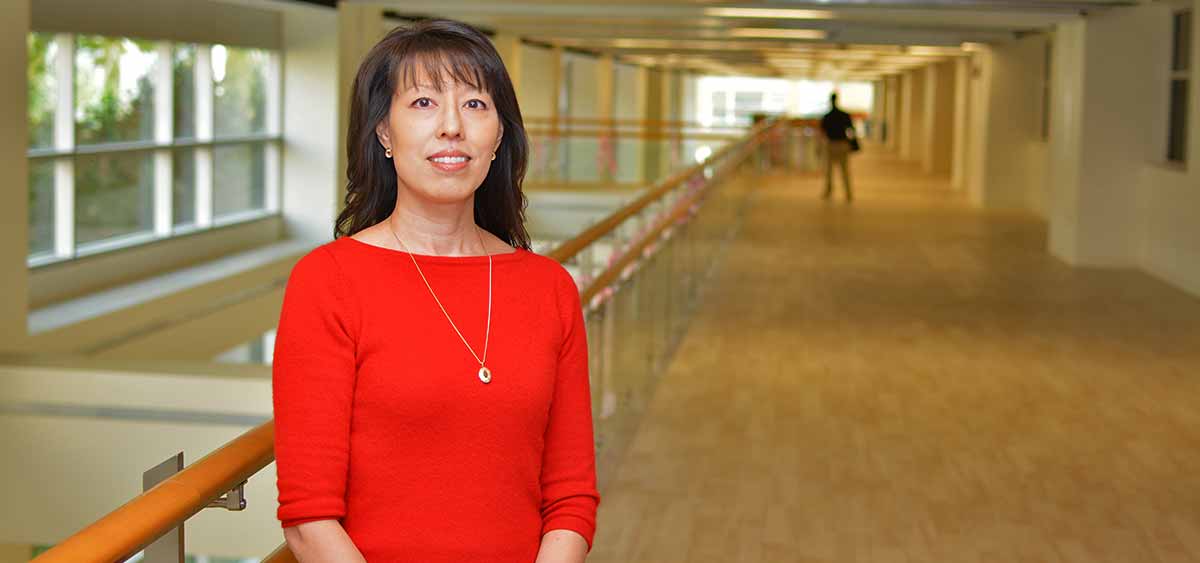
PHILADELPHIA (September 4, 2019) – Researchers have found that studies assessing factors for a specific ethnic group’s risk for cancer might need to account for where people live.
Carolyn Y. Fang, PhD, and colleagues at Fox Chase Cancer Center recently discovered that among Chinese immigrant women living in and around Philadelphia, the relationship between markers of inflammation and risk for breast cancer varied according to the neighborhoods they lived in.
They found that the relationship between inflammation and breast density differed when comparing neighborhoods with higher concentrations of Chinese immigrants with those that had lower concentrations, said Fang, co-leader of the cancer prevention and control program at Fox Chase. “Having high levels of inflammatory markers and high or low breast density was not straightforward and varied depending on where participants lived.”
Fang and colleagues performed assessments of breast density and two markers of inflammation associated with breast cancer risk—serum C-reactive protein (CRP) and soluble tumor necrosis factor receptor 2 (sTNFR2)—among more than 400 Chinese immigrants in the Philadelphia region. The majority lived in what the researchers termed “traditional urban enclaves” for Chinese immigrants, such as Chinatown and South Philadelphia, or “emerging enclaves” like the Northeast area of the city.
Among all participants, higher levels of CRP were associated with lower breast density. However, associations between sTNFR2 and breast density varied by neighborhood.
Chinese immigrants living in traditional enclaves had no association between the sTNFR2 inflammatory marker and measures of breast density. However, among Chinese immigrants living in emerging enclaves and non-enclaves, higher levels of inflammation were associated with lower levels of breast density.
“We thought living in traditional enclaves would attenuate the association between inflammation and greater breast density because these neighborhoods may help maintain traditional lifestyle behaviors and provide a buffer against some of the changes that immigrants might experience, such as changes in diet and social environment,” Fang said. “What we did not expect to find was a negative association between inflammation and breast density in areas that are non-enclaves or emerging enclaves.”
According to Fang, this finding will require further exploration and study. In the future, Fang and colleagues want to gain a more nuanced understanding of how these neighborhoods differ. Future studies might explore diet, physical activity, social functioning, access to health care, and use of services in order to help understand how neighborhood differences in these factors and others impact health.
The paper, “Inflammation and Breast Density Among Female Chinese Immigrants: Exploring Variations Across Neighborhoods,” was published in Cancer Causes & Control.
The research was supported by National Institutes of Health grants R01 CA106606 and R01 MD012621.